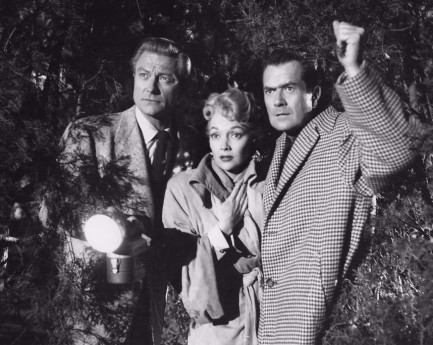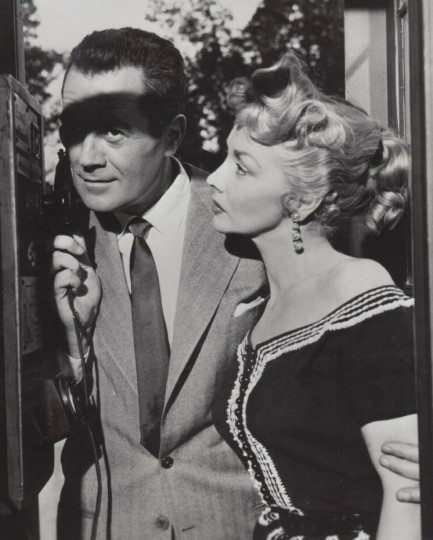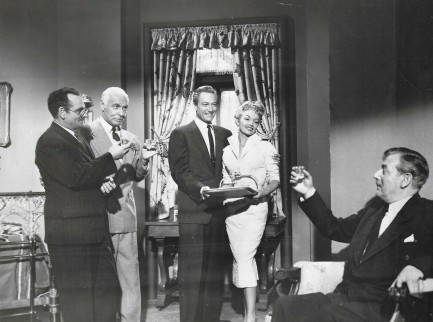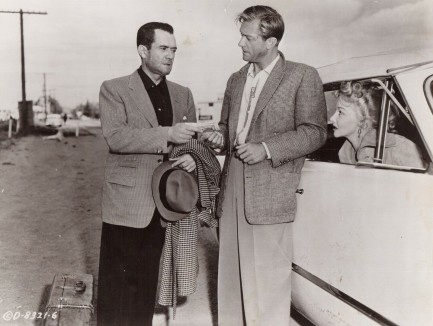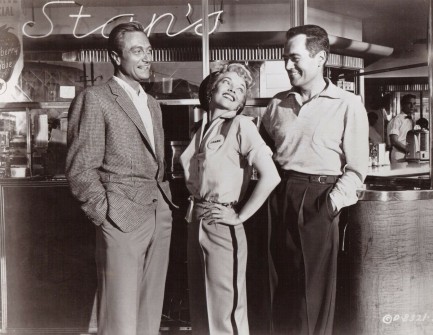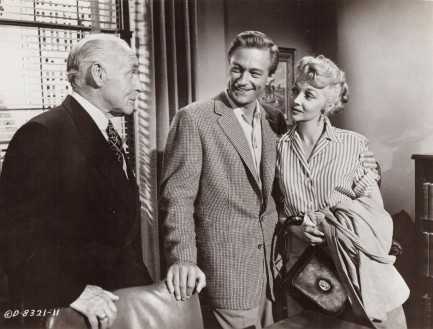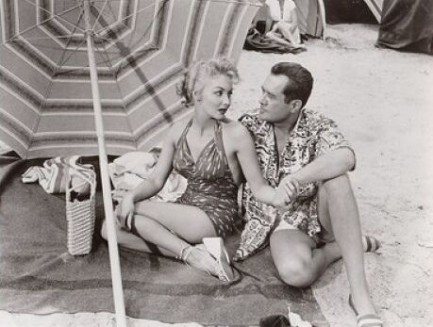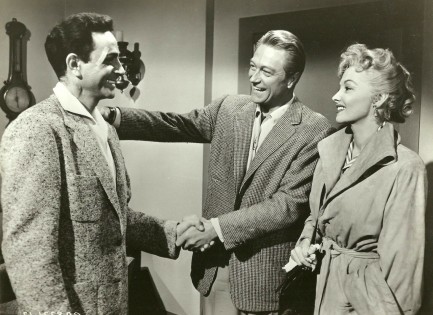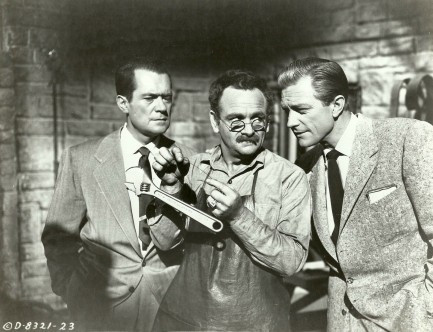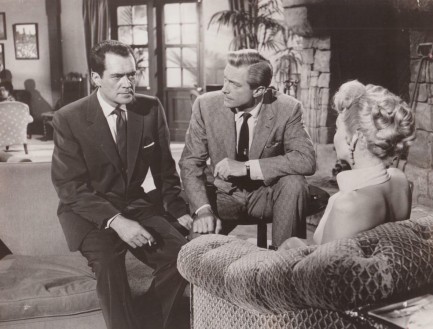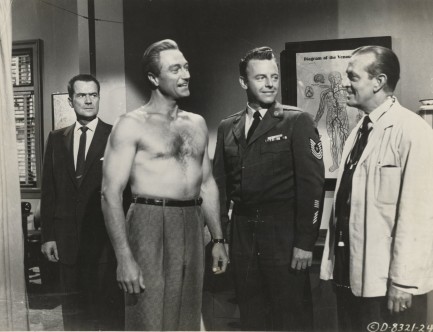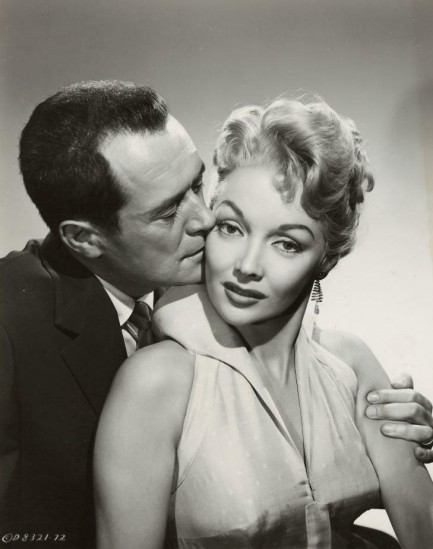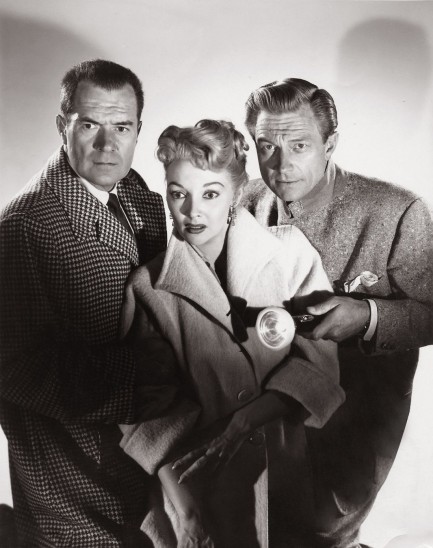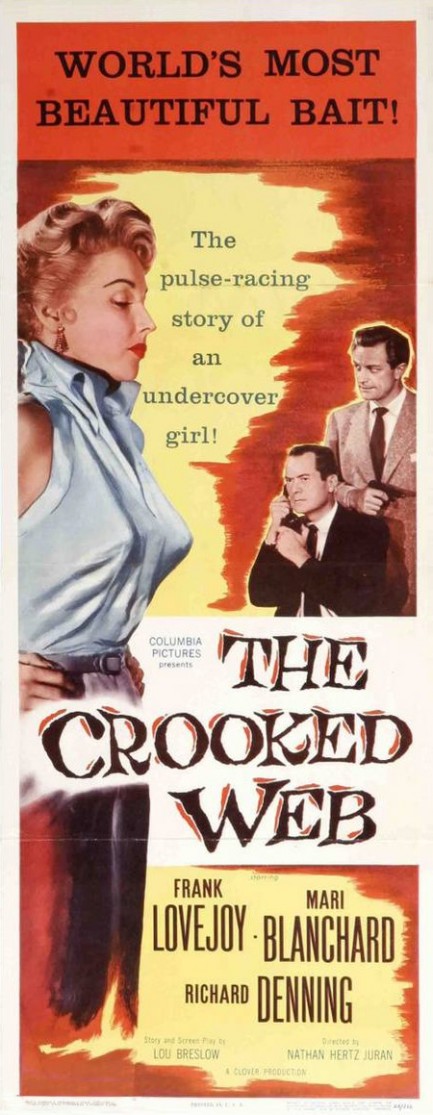| Vintage Pulp | Apr 9 2024 |

Vince waxes philosophical and discovers the secret of life—death.
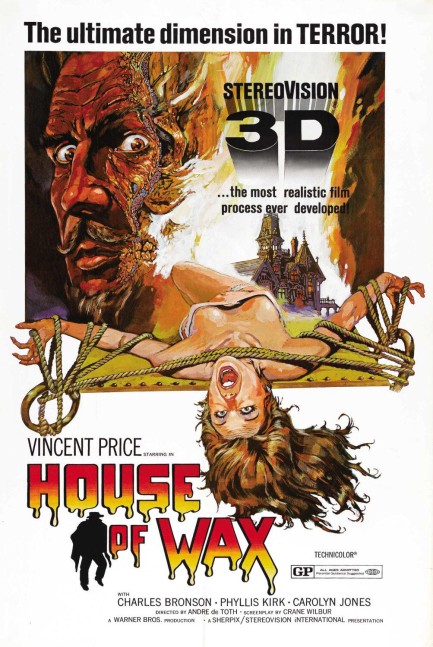
House of Wax, which was produced by Warner Brothers and premiered today in 1953, was the first 3D production by any major studio. It's a period piece set in Victorian New York City starring Vincent Price as the creator and half owner of a historical wax museum. Unfortunately, his focus on history leaves the public nonplussed, and his partner Roy Roberts, who needs capital, sets the place aflame for the insurance money. Price is burned and driven insane. Well, actually he was insane before the fire, but in a cute way. He talked to his wax figures and thought they talked back.
But after the fire he's a barking psychopath, running around nighttime Gotham behatted and cloaked like Lamont Cranston. His goal? Revenge, of course, a craving solved early in the proceedings when he pitches Roberts down an elevator shaft with a rope around his neck. But what next? What does one do once vengeance is thine? Well, you build a new wax museum, except this time you surrender to prurient tastes and create displays of modern murder and the macabre. Screw that high-minded history crap.
Everything goes fine until Phyllis Kirk begins to suspect that the extraordinary realism of the wax figures is due to more than just artistic talent. Her suspicion is a screenwriter's concoction—there's no way a person could realistically make the leap Kirk does in believing Price guilty of heinous crimes. The script literally calls it a woman's intuition. Well, okay. But in our experience that's a myth, and it's possibly even insulting when used as substitute for intelligence, so maybe just put a realistic clue in the script and write Kirk's character as very smart instead. In any case, she's definitely nosy as hell, and that's the beginning of the end for vicious Vince.
House of Wax has many things going for it. The sets and costumes are extravagant, the early fire sequence with its melting wax figures is genuinely unsettling, the WarnerColor developing process is attractive, and the acting is uniformly competent, even by that six-foot three-inch Hillshire Farms ham Price. And it's fun to watch Charles Buchinsky, aka Charles Bronson, as the mute assistant Igor. In the end the House of Wax works. Add popcorn, a few friends, and about of case of beer and you'll have a great Saturday night.
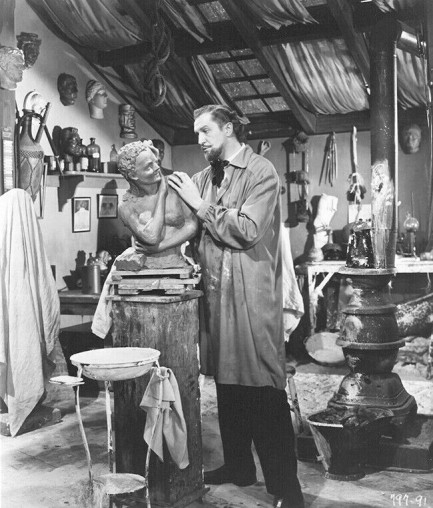
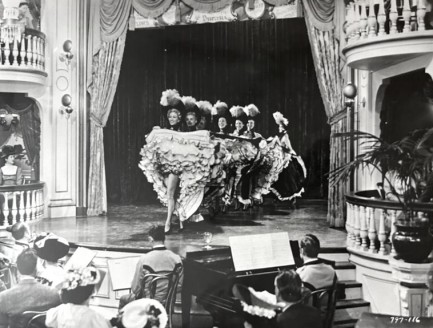
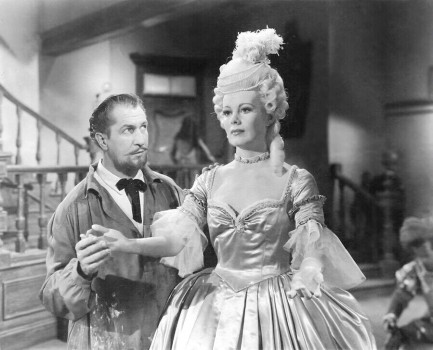
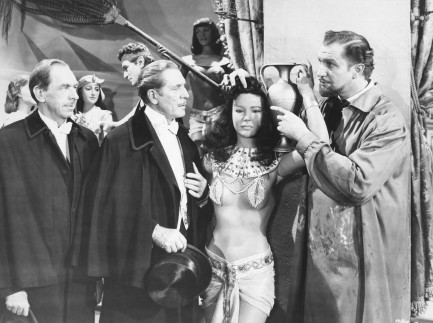
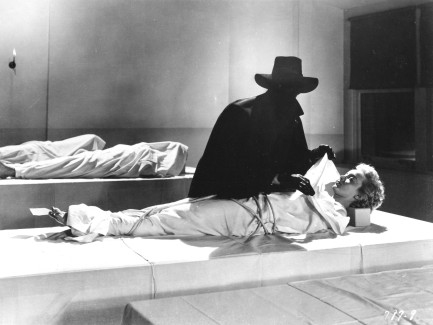
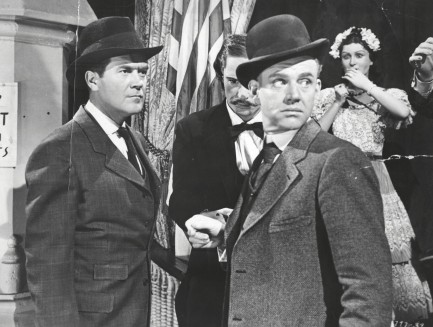
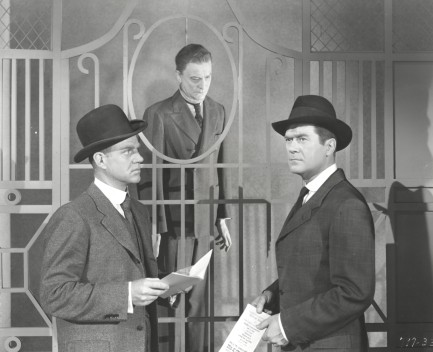
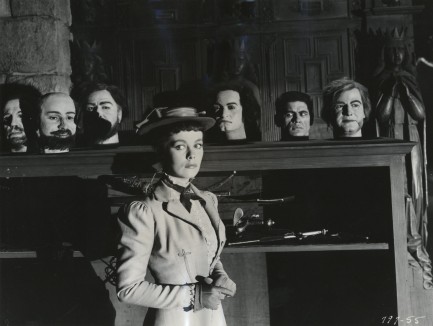
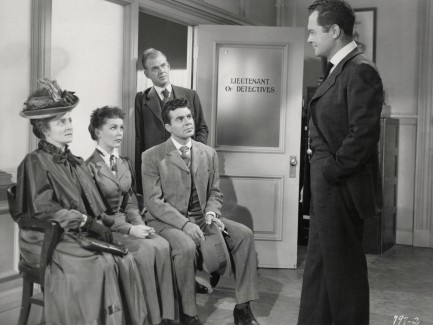
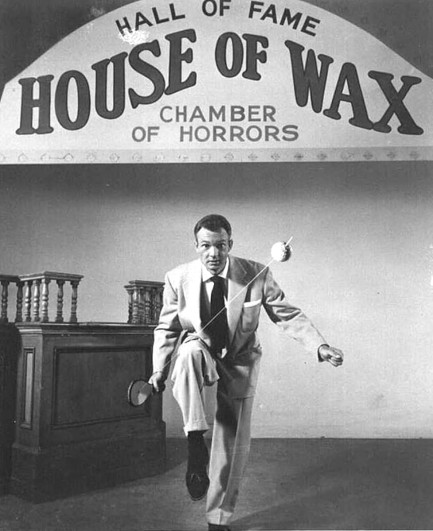
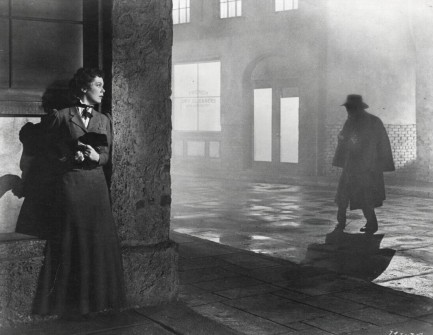
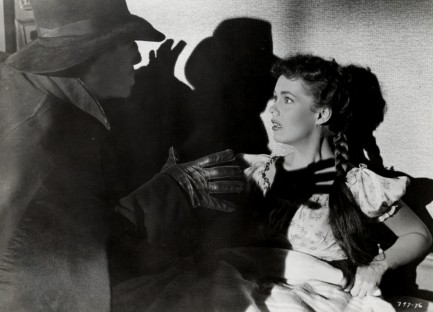
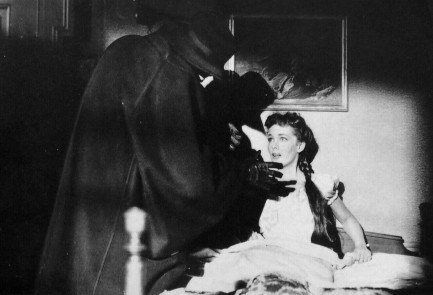
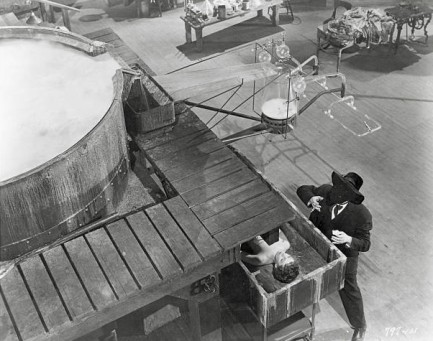
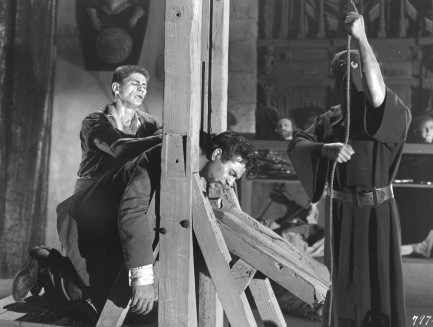
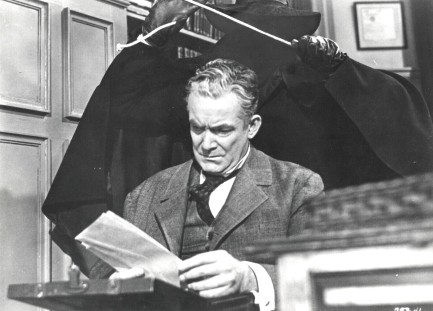
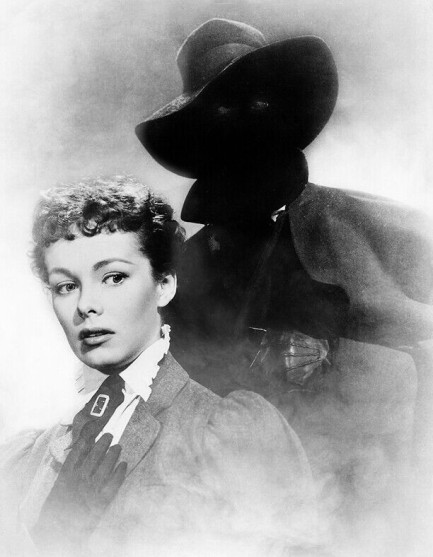
| Vintage Pulp | May 5 2021 |

Get while the getting is good.
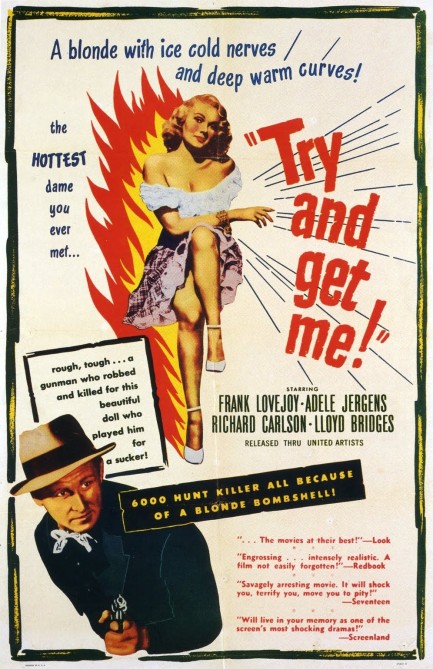
It's the classic film noir pickle: what will a guy do when he can't find a job? Pretty much 100% of the time he resorts to crime, and pretty much 100% of the time he gets in deep shit real fast. The unlucky mug in Try and Get Me! is Frank Lovejoy, who moved with his wife and son to California but didn't realize “a million other guys had the same idea.” Desperation sets in and a chance meeting precipitates his descent into crime, as he becomes a getaway driver for stickup artist Lloyd Bridges. Meanwhile, over in the subplot, a news publisher who wants to move more copies of his paper convinces a reporter to portray the holdups as part of a crime invasion by eastern gangs. Interesting, right? If you're a media outlet that wants to rake in profits, just claim some “other” is ruining your community.
Here's the money quote: “People love to be scared to death. The more you scare 'em the more papers they buy.”
Without putting too fine a point on it, which we'll do anyway, clearly nothing has changed seventy years later, except now cable and radio don't sell fear, because that implies weakness—they sell “outrage,” which sounds macho and proactive, but is nothing more than a fight-or-flight reaction to fear. Would a character in a popular movie made in 2021 casually toss off an observation like that? We mean a line that gets at an essential societal ailment—to wit, people will think exactly what they're told to think, as long as the information comes from someone they like? We doubt it. In Try and Get Me! the newspaper guys use the “eastern criminals” fairy tale until people are so riled up they lose the capacity for rational thought. They even—ahem—form a lawless mob and assault the seat of government.
Too much plot info? Oops. It's less relevant than you'd suspect, though. Anyway, Bridges, who's instigating the crime spree, inevitably tires of taking in twenty and thirty bucks per job and drags Lovejoy along on a prospective big score. How do you think that turns out? Could it possibly be... murder? And now they're both in it up to their noose-sized necks. The audience knows from an earlier scene that Lovejoy's collar size is fifteen and-a-half. Foreshadowing? Possibly, but there's still an hour left in the film at that point, and anything can happen. Later there's an interesting shot of a window shade and its circular pull, which looks sort of like a noose. Hmm... Well, best not to dwell on possible signs and portents too deeply. Try and Get Me!, also known as The Sound of Fury, premiered in the U.S. today in 1950
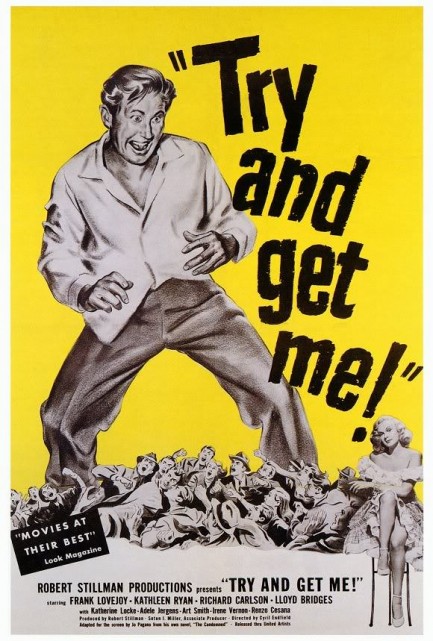
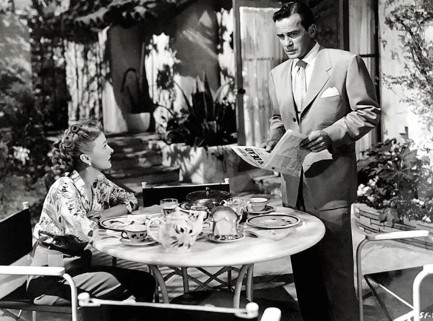
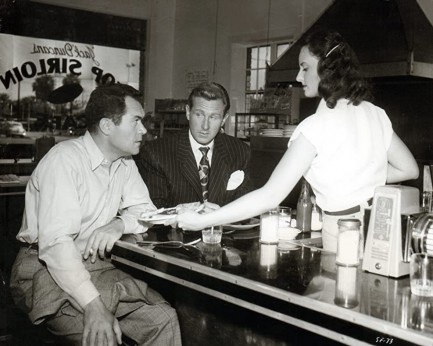
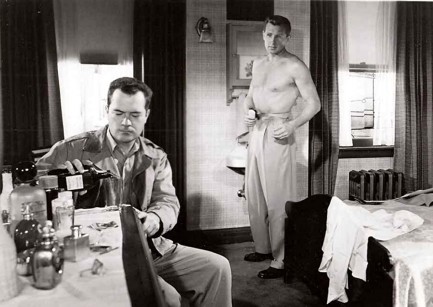
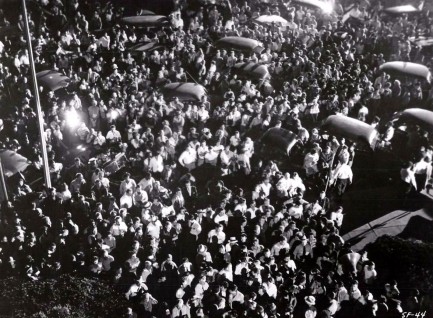
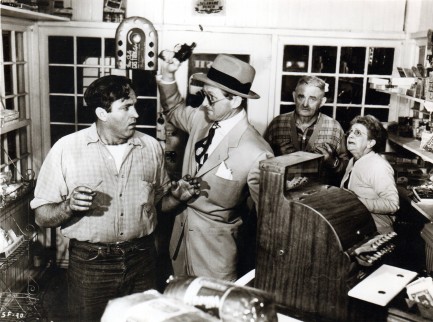
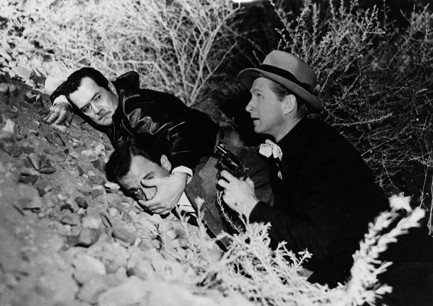
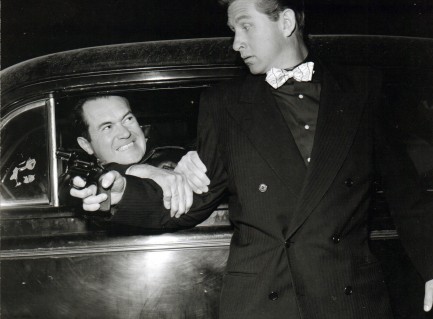
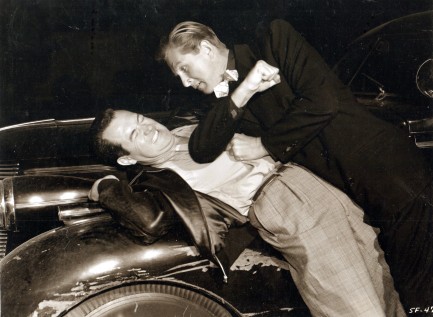
| Vintage Pulp | Nov 30 2020 |

The deeper you go the tighter it gets.
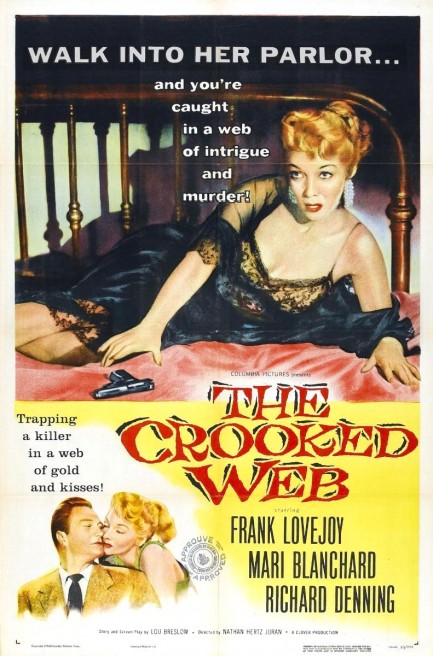
We've all seen movies about the long con, the elaborate, drawn-out, multi-participant scam. The Crooked Web, aka The Big Shock, starring Frank Lovejoy, Richard Denning, and Mari Blanchard, is an early example of the sub-genre. The plan is for a group of crooks to sell a cache of gold one of them found in Germany during World War II, but the con takes an unexpected twist early, and we learn that the trap being set is deeper than it first seemed. We can't share more details, but we can tell you the film strives greatly to rise above its b-movie constraints with plenty of exterior shooting and a script with international scope. The plot even takes the principals to post-war Germany—which looks a lot like Southern California even with matte work designed to put the foreign illusion across. But you have to forgive budget woes. The flaw that's difficult to overlook is the unbelievable carelessness of the central scam artists, who are posing as brother and sister, but are really lovers and can't keep their hands off each other even when their mark is just around the corner. They're almost busted while in the clinch multiple times, which is a laughable lack of restraint when there's so much at stake. But the shortest route to dramatic tension is to make characters behave like morons. We've talked about it before. It's lazy screenwriting, but that's okay—The Crooked Web is still a fun movie. It premiered in the U.S. today in 1955
